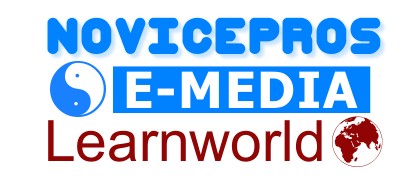Let’s face it. Increasingly, teachers, parents, librarians, and editors are currently looking for books that will appeal to reluctant readers. When I was composing The Very Best Books for Kids Who (Think They) Hate to See (Random House)I read hundreds of children’s books, old and new, which I thought would suit the bill. I discovered that there are eight qualities and for my surprise a few of my childhood favorites and the test did not pass. It will have a good likelihood of being loved by all kids, even those to, if you’re able to work at least three of the elements given below in your book.
* Humor. Making kids laugh is critical to building a association with reading. But you need to know what annoys children’ funny bones at various ages. The comedy in picture books is quite visual and broad. Easy readers (and a few picture books for ages 6 and upwards ) begin to introduce manic comedy: wordplay, puns, double meanings. As kids move in the chapter book arena jokes that require a setup can be handled by them. Dialogue characters react to one another, or the situation in which a character finds himself can be innately funny.
* Well-Defined Characters. Many kids need to identify strongly with the characters in their books; for reluctant readers, this is important. It doesn’t matter exactly what the character looks like on the outside (make it space alien, a clown or a talking frog), about the inside this character needs to embody the perspective of the reader. This usually means the character is dealing with problems that the reader may face, or seeing the world in a manner that is childlike. Novel characters should possess personalities with weaknesses and strengths in order for the reader to care for them and want to stick with them for the narrative. In nonfiction like biographies, writers who locate a portion of their subject’s life that’s relevant to the target audience have a better chance of reaching reluctant readers.
Plot. Don’t mind a narrative that takes a couple of chapters to unfold, but readers don’t have that much patience. The action needs to start in the first paragraph, and from the end of the first chapter that the reader ought to know a bit about the character and have a fantastic idea about the conflict or issue which character will face. Subplots are good for chapter books and up, however, many could get in the direction of story’s movement. Keep the pages.
* Concise chapters. Ideally, each chapter should include one clear event (or one specific point in nonfiction), also possess a arc of its own (a beginning, middle and end). This makes reading a satisfying experience. Chapters that finish on a high note at the activity is likely to make the reader want to see what occurs next. Episodic novels (where each chapter stands alone as a short story) are also good bets for reluctant readers. Richard Peck’s A Long Way from Chicago and Louis Sachar’s Sideways Stories from Wayside School are two middle grade examples.
* Kid Relevance. This applies to ideas and the topics which form the basis for plots or a nonfiction topic is approached by a writer. These ideas should be relevant to the reader’s life, meaningful, and more relevant. Instead of distributing a lesson your mature perspective tells that the reader needs to know to you, try using the reader’s frame of reference. Write to your audience, not at them. And remember, books could be just for fun.
* Proper Text. Based upon ability and the age of the reader, the text has to be challenging but not overwhelming. Attempt to write your narrative as clearly as you can, using nouns and sentences and verbs. When searching for a wide age range of reluctant readers (8-12, as an example), create the vocabulary available to the younger finish, however, the curiosity level appealing to children on the old end of the spectrum.
* Particular Presentation. Reluctant readers choose nonfiction since it speaks to their own personal interests. Locating a new or peculiar slant for your topic helps keep that interest alive. Humor doesn’t hurt either. It’s Disgusting and We Ate It! True Food Facts from to middle graders’ love of the gross while.
* Visual Appeal. Authors don’t have much say at the design of a book, but writer / illustrators may. Larger typeface, illustrations that create the book less intimidating to see and also elaborate upon the text the chain of words breaks up, and the generous use of white space.








Customer Reviews
Thanks for submitting your comment!